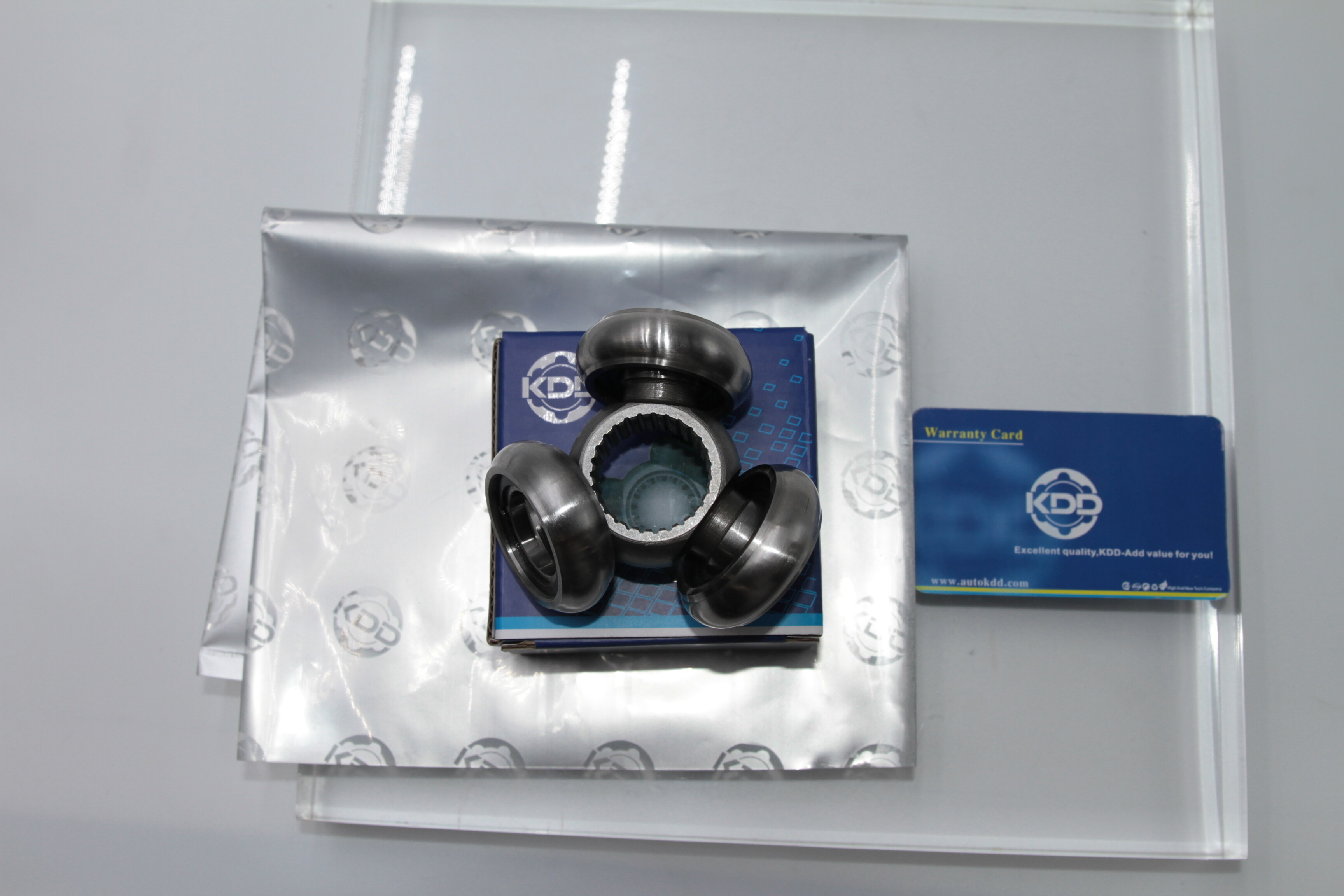Email format error
Email cannot be empty
Email already exists
6-20 characters(letters plus numbers only)
The password is inconsistent
Email format error
Email cannot be empty
Email does not exist
6-20 characters(letters plus numbers only)
The password is inconsistent


Understanding Tripod Bearings: Types, Pricing Factors, Stability, Consumer Guidance, and Case Studies
Introduction
In the realm of photography and videography, tripods serve as indispensable tools for stability and precision. At the heart of these devices are tripod bearings, crucial components that facilitate smooth movement, stability, and overall performance. This article explores the intricate world of tripod bearings, diving into their types, pricing factors, role in stability, consumer guidance for purchasing, and real-world case studies of bearing failures.
Types of Tripod Bearings
Tripod bearings come in various forms, each tailored to enhance specific aspects of stability and functionality.
Ball Bearings
Ball bearings are perhaps the most common type found in tripods. They utilize small spheres to reduce friction between moving parts, allowing for smooth rotation and movement. Typically made from materials like stainless steel or ceramic, ball bearings offer durability and reliability, albeit at varying price points. Higher-quality materials and precision manufacturing contribute to smoother operation and longer lifespan, making them favored among professional photographers and videographers.
Fluid Bearings
Fluid bearings, often referred to as fluid-damped bearings, operate on the principle of using a fluid (such as silicone) to dampen vibrations and ensure consistent movement. These bearings excel in providing fluid-like motion during pans and tilts, essential for capturing seamless video footage. While generally more expensive than ball bearings due to their specialized design and materials, fluid bearings are prized for their unmatched smoothness and stability, particularly in dynamic shooting environments.
Other Bearing Types
In addition to ball and fluid bearings, tripods may incorporate other specialized bearing types such as roller bearings or sleeve bearings, depending on specific design requirements. These bearings cater to niche needs such as heavy-load handling or ultra-quiet operation, though they are less commonly found in mainstream tripod models.
Factors Affecting Tripod Bearing Prices
Several factors influence the pricing of tripod bearings, reflecting their quality, performance, and market demand.
Material Quality
The choice of materials significantly impacts bearing performance and cost. High-grade stainless steel or ceramic bearings command a premium due to their superior durability and resistance to wear and tear. Conversely, lower-cost tripods may utilize bearings made from less durable materials, affecting both price and longevity.
Manufacturing Processes
Precision manufacturing techniques, including CNC machining and quality control measures, contribute to bearing quality and consistency. Tripod manufacturers investing in advanced production methods often justify higher prices by delivering bearings with tighter tolerances and smoother operation.
Brand Reputation
Established brands with a reputation for quality and reliability typically set higher price points for their tripod bearings. Consumers often perceive these brands as safer investments, prioritizing performance and durability over initial cost savings.
Market Demand
Supply and demand dynamics play a crucial role in determining bearing prices. Fluctuations in consumer preferences, technological advancements, and competitive pressures influence pricing strategies across the tripod industry. Manufacturers must balance affordability with profitability amidst evolving market conditions.

The Role of Bearings in Tripod Stability
Tripod bearings play a pivotal role in stabilizing camera equipment, directly impacting user experience and the quality of captured images or footage.
Importance of Bearings
Bearings are integral to maintaining stability and reducing unwanted vibrations during camera movements. They enable precise adjustments and smooth operation, essential for achieving sharp images and steady video recordings.
Impact of Bearing Design
Different bearing designs offer distinct advantages in terms of stability and performance. Ball bearings excel in providing robust support and enduring heavy loads, making them ideal for static shots and precise adjustments. Fluid bearings, on the other hand, excel in delivering fluid-like motion essential for cinematic panning and tilting.
Consumer Guide to Buying Tripods Based on Bearings
Navigating the diverse landscape of tripod bearings requires careful consideration of several key factors to ensure optimal performance and value for money.
Understanding Your Needs
Identify your specific shooting requirements, such as photography style and environmental conditions. Determine whether you prioritize stability, smooth motion, or versatility in your tripod selection.
Quality Assessment
Evaluate bearing quality based on factors such as durability, noise reduction, and smoothness of operation. Seek bearings made from robust materials and backed by favorable user reviews for reliable performance.
Price Considerations
Establish a budget range that aligns with your expectations for bearing quality and overall tripod performance. Balance affordability with long-term durability to maximize investment value.
Brand and Reputation
Choose reputable brands known for their commitment to quality and customer satisfaction. Research brand histories, customer feedback, and warranty policies to make informed purchasing decisions.
Case Studies and User Reviews
Learn from real-world experiences shared by photographers and videographers. Analyze case studies of tripod bearing failures to understand common issues, their causes, and preventive measures. Use user reviews to gauge overall satisfaction and reliability before making a purchase.
Case Studies on Tripod Bearing Failures
Examining instances of tripod bearing failures provides valuable insights into potential risks and preventive measures for users and manufacturers.
Real-World Examples
Explore documented cases where tripod bearings have failed, impacting user experience and equipment performance. Analyze the root causes, ranging from material defects to design flaws or inadequate maintenance practices.
Consequences for Users
Discuss the implications of bearing failures on photography and videography projects, highlighting disruptions caused by compromised stability or unexpected equipment downtime.
Lessons Learned
Extract actionable lessons from each case study to enhance bearing design, manufacturing processes, and user education. Emphasize the importance of regular maintenance and investing in high-quality bearings to mitigate risks and prolong tripod lifespan.
Conclusion
Tripod bearings form the backbone of stable and reliable camera support systems, influencing both professional outcomes and recreational enjoyment in photography and videography. By understanding the nuances of bearing types, pricing factors, stability contributions, consumer guidance, and real-world case studies, photographers and videographers can make informed decisions to optimize their tripod investments.
Further Resources
For further exploration of tripod bearings and related topics, consult manufacturer websites, professional photography forums, and industry publications. Stay updated on technological advancements and user insights to stay ahead in selecting the best tripod for your needs.
In conclusion, tripod bearings represent a critical intersection of technology, engineering, and user experience in the world of visual storytelling. By delving into their intricacies and learning from past experiences, photographers and videographers can elevate their craft and equipment choices for enhanced creativity and reliability in capturing memorable moments.

